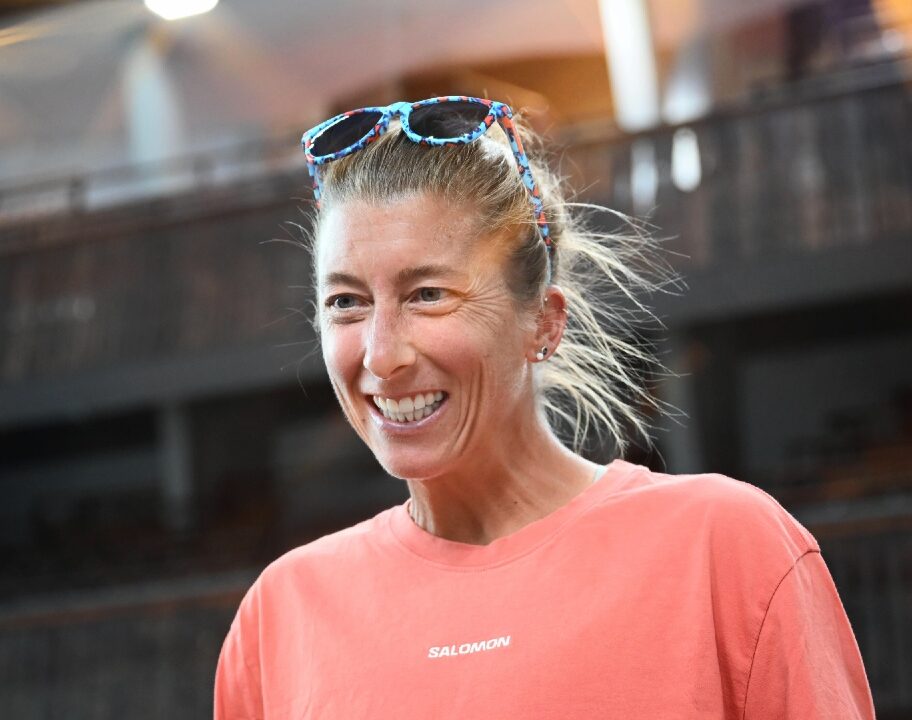“One of the best weeks of my life.”
It may be the toughest race out there but that was Eoin Keith‘s summary of his recent Barkley Marathons experience.
The Irishman – winner of both the Winter and Summer Spine Races and many others besides – experienced the Barkley for the first time in 2018 – so what made his return visit this year so special?
In an in-depth interview with RUN247 he explains exactly what, talks us through the race as a whole and tells us why he left with a feeling of completion despite not making the time cut at the end of the second of five potential loops.
Ups and downs
He told us: “This was the first time I got to go back since 2018 and I would say this year was the best time to get it – we all lucked out with the weather. I’m kind of glad I didn’t get in the previous two years!
“It made a difference across the board as well, because after you’ve done your running and the race is still going on it was sunny in the campsite and you can hang around and chill out and talk to everyone as opposed to hiding in the car sheltering from the weather. It was just an absolutely brilliant experience.”
But plenty of other more significant factors than the weather went into making it so special, not least the progress that Keith made in the build-up to the Barkley as well as the fact that he and his group then enjoyed what he called the “perfect” opening loop.
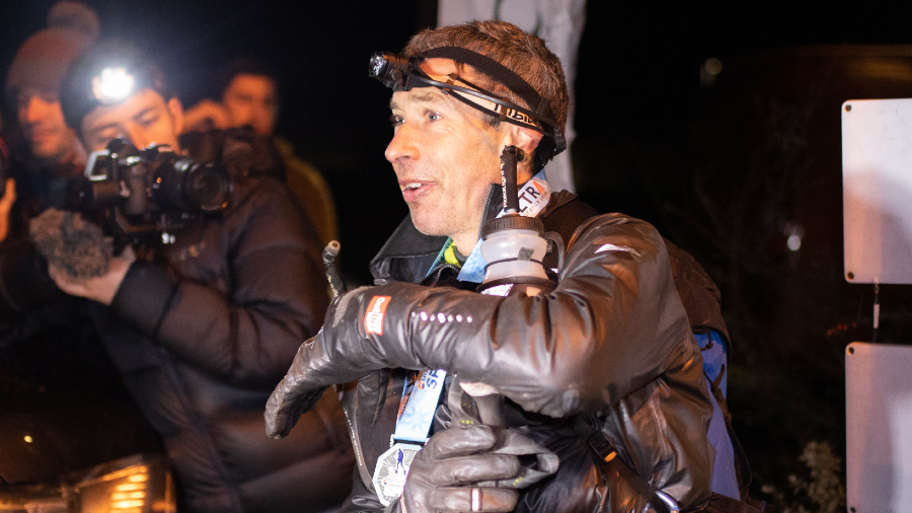
Keith had gone into the Winter Spine in January as defending champion but things didn’t work out anything like as well as they had 12 months previously.
He explained: “I’m 54 now and I’m not as fast as I used to be. Last year was a real up-and-down one. I started by winning the Spine but it kind of deteriorated a bit after that.
I’ve been feeling my age in a big way.
“Something was affecting me and it seemed to take a month or two to go away. And I was getting niggly injuries and I think just felt like I was falling apart to an extent, and the Spine this year kind of reflected that. I enjoyed the Spine, but I was running significantly slower than I would have been in the past.
Back to basics
“So at the end of it, I kind of knew I had to do all the things I hate to get ready for the Barkley, including plenty of speed work. So I spent all this time from the Spine doing the opposite of what you might think. I didn’t concentrate on getting in big, long endurance runs. I maintained them, but I didn’t focus on them.
“I switched my training around to really do what I’ve been missing for quite a long time, working on my running form with strides, the speed work and going back to basics and doing hill repeats.
“And it made a significant difference to the way I was running. The progress I made in the month and a half was huge, around 20% of time improvement on my long runs.”
So no wonder that by the time he pulled up at Frozen Head State Park he was in far more optimistic mood: “I arrived there in a much better state than I had been anticipating when I first got the entry, the letter of condolence from Laz. So I was actually in a relatively confident place – I’d done the best I could in a limited amount of time to get things corrected.”
And the training changes were also allied to a positive mindset rather than worrying about age slowing him down.
Just remember, today is as good as it gets.
“I’m now looking at it in terms of don’t put things off. Don’t worry about the decline. I actually embraced that – it’s how I threw myself at the Barkley.”
Laz ‘quite a character’
So how did it feel going back to this mystical event for the second time rather than as a Barkley ‘virgin’?
“It’s significantly different. I was heading into the unknown in 2018. It’s this big race, but you have two different things going on in your mind. How hard could it really be? I thought I have all the toolkits. I’ve done some of the other hardest races and I’ve won some of them. I’m a good navigator. The longer and harder races are, generally the better I do. So on paper, it all looks grand – surely I have some shot at five laps here, I’ll just give it a go.
“So you have that kind of upside, but you also have the opposite, because you’re going to the hardest race in the world. It’s really hard to get into, suddenly you’re there, you’re standing at the yellow gate and it’s like being on a film set, except you’re in the field, there’s all these awesome runners hanging around and it’s quite intimidating. I think I’ve only lost the power of speech when meeting people two or three times in my life. And one of those times was when I met Laz. He’s obviously quite a character.”

But fast forward to 2023 and he explained: “This year I was kind of completely the opposite to both those in some ways. In that I was approaching the race wondering, why am I so calm? Why does everything seem to be going so according to plan? What am I forgetting here? What am I missing? Why am I not nervous? And this persisted the whole way right before the race, I just was completely calm in my approach and I was also bringing in knowledge from the last time. But then the flip side to that, I knew exactly why I couldn’t do five laps and how difficult the course was.”
More haste, less speed
So what was the strategy going into the race?
“The aim was to try and make as few mistakes as possible because I easily lost an hour and a half on my first lap the last time with mistakes because I was running around quite quickly. I was pretty fit at that time because I was under 50 and running nice and confidently, but, yeah, I was making classic Barkley beginner mistakes.
“I love all the aspects of the Barkley from start to finish. A lot of it is Laz having fun and playing with your mind but us Irish tend to do that to each other anyway. That’s part of our social interaction. So I embrace those Jedi mind tricks and just enjoy them and the whole puzzle-solving nature of the event.
“So at the start this time I felt no need to go chasing anyone else. In fact, I prearranged beforehand to team up with Billy [Reed] and Tom [Hollins] if we could. I reckoned our paces would match pretty well. And on the race day, Billy said that Nicky [Spinks] would like to join the group. And that turned out to be a fabulous group of four and that just made the whole race. The fact that Tom was a Barkley virgin made no difference to me, it was all about him bringing his personality, which is all I asked for. He’s a great guy, highly intelligent and fantastic to have conversations with.
“He’d actually reccied the allowed trails beforehand and built up his wisdom as best he could. But it makes a big difference being there with people who’ve been there before. It’s possibly the most mentally hard running race I’ve done, it takes a lot of concentration, which in itself is very tiring.”
And what followed on that first clockwise loop was a pretty special experience for Keith, Hollins and the group as a whole.
“In 2018 I remember the first descent was absolute chaos. This year completely the opposite. Going up the hill at my own pace, not worried about it. Descent the same. I’m taking my time, moving at my comfortable pace and our group, as it happens, moved at the same pace.
So everything worked out exactly as planned which was fantastic.
“Billy is a good nav as well and it helps when you know someone you can trust entirely for their navigational skills. It allows you to relax a bit and I was remembering accurately from the previous time, so that meant the mental levels of concentration were much less intense this year than the previous time. And that actually really got reflected in our performance out there. I’m super proud of how we did on that first loop. We literally did not lose a minute in mistakes and that was my target. I wasn’t too worried about what time we did it in, as long as we did it accurately – and we absolutely nailed it.
“It was ridiculous how accurately we did it. We were walking in on top of the books almost every single time and we were taking pretty optimal lines. If I had to go back and say, what would you change the answer would be absolutely nothing. That was perfect.”
He laughs at the recollection and adds: “I actually never thought I would say that about a Barkley loop. I didn’t think you’d get one, so I’m really proud. The only thing that slowed us down is the fact that three of us [Hollins was the only one of the quartet under 50] were a little old!
“The confidence gained from the accuracy of loop one is enormous. Plus, we were working so well as a group and having so much fun that the whole thing was just a magical experience.”
Fine margins
They were back at the iconic yellow gate in just under 11-and-a-half hours but Keith was under no illusions as to the task ahead.
He continues the story: “It felt good but I knew we were tight and we couldn’t hang around too long in the campsite. I was being pretty insistent that we get back out in 20 minutes. We did 25. I think it was fine, but I knew we hadn’t time to be messing around or relaxing too much in there. And in retrospect, looking back at the timings, we were doomed because almost universally the second loop takes markedly longer than the first – which is when you are at your freshest both mentally and physically.
“And going anticlockwise is significantly more difficult which, as an aside, makes Aurelien Sanchez’s win even more impressive. He overtook John Kelly on his last lap the hard way. The really hard way. John had all the advantages and John worked to get that advantage with that quick last transition to get the choice. So Aurelien had the difficulty of going anti-clockwise plus the missing last book. Overcoming those two things is absolutely phenomenal. It’s possibly one of the ones you have to be there to realise just how phenomenal that was. It shows that he was mentally in great shape and he’s a great navigator.”
![Aurelien Sanchez Barkley Marathons winner 2023 [Photo credit: Davidmillerphotography_ on Instagram]](https://run247.com/wp-content/uploads/2023/03/Aurelien-Sanchez-Barkley-Marathons-winner-2023.jpg)
But back to loop two and Keith explained some of the nuances which made it so much tougher than the first one: “To my mind, the steeper climbs come at you anti-clockwise and it just seems harder, they’re more like torture. And they also come late. Whereas the late climbs on the clockwise loop just seem to roll a little easier.
“Plus, all the navigational instructions are written for clockwise, so if you haven’t paid attention when you’re going around in that direction, it’s going to be very hard to find your way the other way round. The instructions are actually useful. In part, they read as nonsense when you first read them, but afterwards, you realize that they were 100% accurate.
“And we had one or two points where it took a little bit more time on that second loop. Just a little bit can make a big difference.
“If you’re missing one tool from the toolbox at the Barkley, you’re doomed. It absolutely isn’t about being the fastest – that’s not enough. Equally though, navigation isn’t enough either. And unfortunately, that’s where our little group failed. We were nailing the mind side of it. But what we were missing was youth and speed and there’s nothing we can do about it. At 54 I was the youngest of the three that finished together [Tom Hollins and Andrea Larson, who had by now joined them, had set sail for home a little earlier to try and reach the finish in time].
“It was absolutely the right thing to do,” says Keith, with a smile on his face, having tongue-in-cheek called it ‘treachery’ earlier. “Perhaps their only mistake was not going a bit earlier.
Sense of completion
“When we got to the second last book we knew we had no chance. At that point we decided, okay, we’re just going to absolutely move at our own pace, totally relax. The sun was shining, it was warm, we were in the middle of the park. Of course we were going to enjoy it but we were going to finish it at the same time, no shortcuts. We kept it accurate, but just without any pressure. Which turned a fun event into an even more fun event. We had an absolute blast coming back. The conversation was great and we stopped to take in the views.”
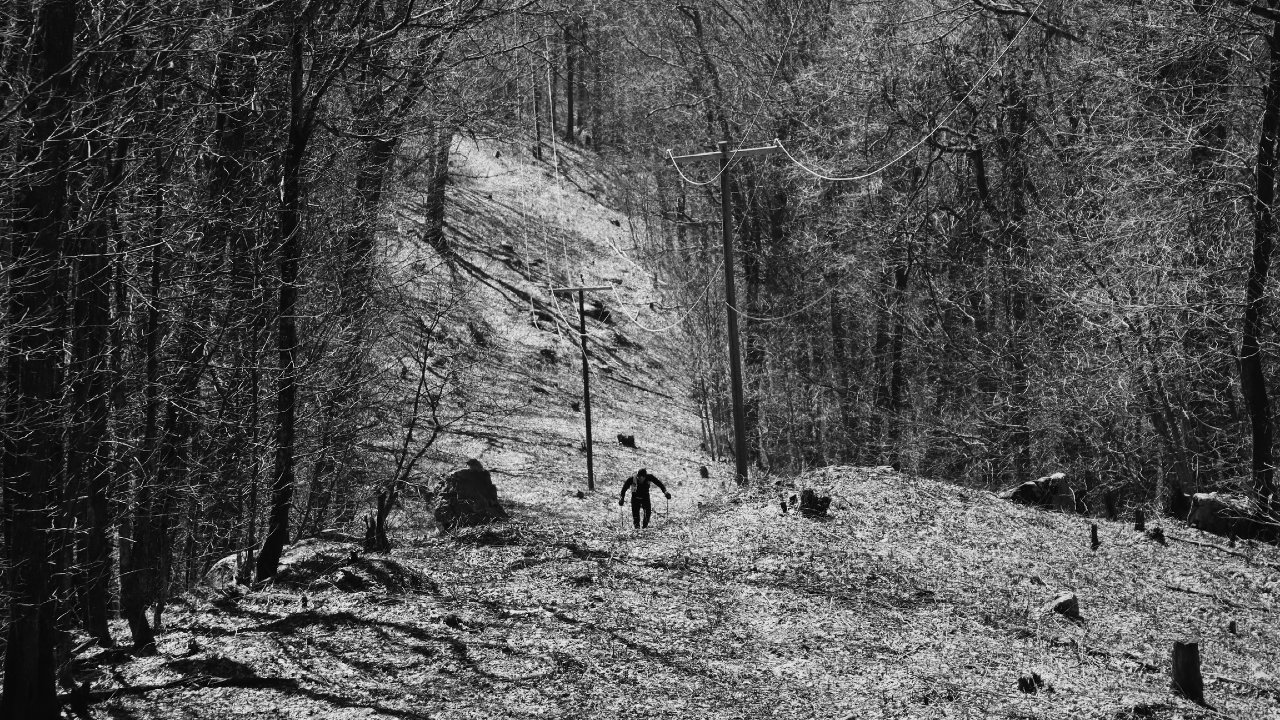
Which in itself could hardly have been in starker contrast to five years earlier when Keith had broken his collarbone on the third book of the second lap but somehow managed to soldier on.
“And that’s why it was one of the best weeks of my life. It was such a gloriously, happy experience the whole way around. You’re in a special place with special people and everyone there, it was just incredible.
“And that gave me a feeling of completion – the rarest of rare things for anyone who hasn’t finished the Barkley.
“After 2018, I had a list of mile long of what could be improved on, whereas this sense of completion I felt is, I think, most unusual unless you’re a finisher. It wasn’t a feeling I was expecting to get having not achieved a fun run [completing three loops].”
Damian a star
And while Keith had a ‘never say never’ response when asked if he’d go back if invited he also added: “I just know now that there’s no point in terms of competitive performance and, hand on heart and taking a look at the broader picture, you’re better off letting someone else go.
“Having said that, the likes of Tom’s got to go back because he’ll have learned so much as will all the first-timers. Those who know the nav is the thing they have to work on are in a good place because it’s one of the most fixable things.
“And then you look at some of my other friends like Joe McConaughy, who got a fun run but he too learned tons out there.
“Damian [Hall] obviously has learned absolutely bucket loads. He was out there for four and a bit laps. I’m a big fan of his and have been watching him evolve as an athlete over the years and it’s been great to see.
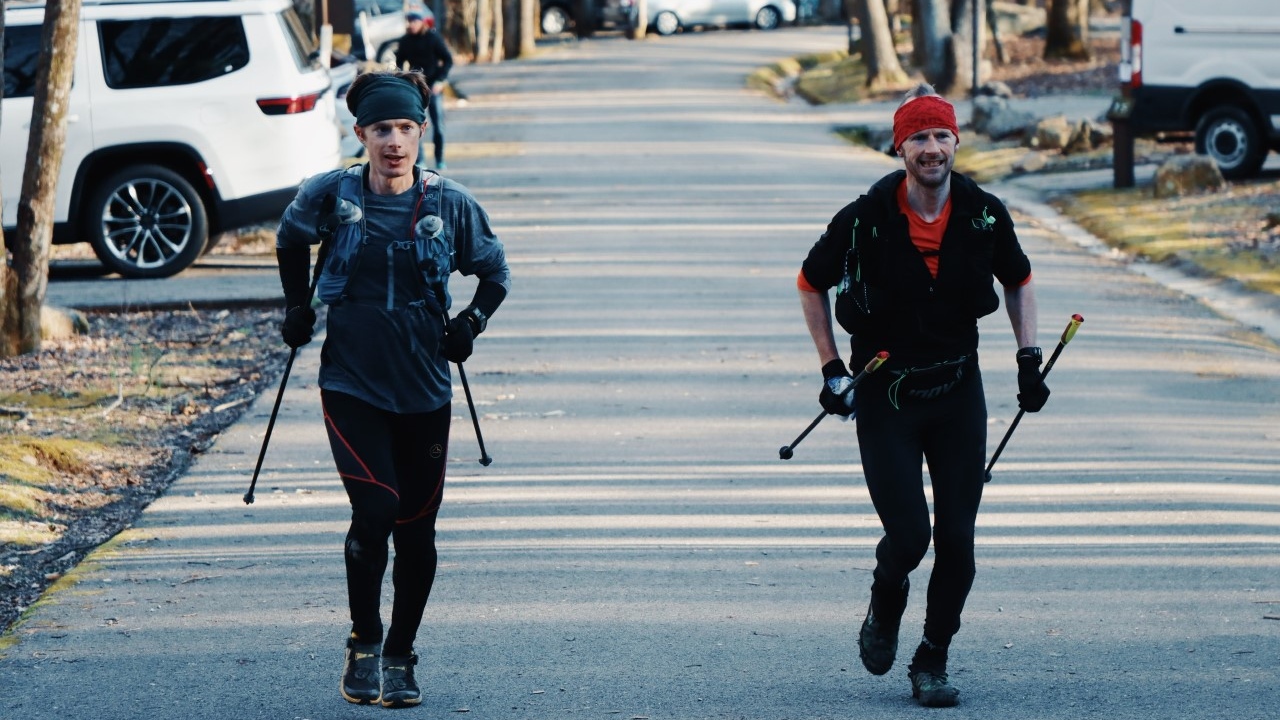
“I think some people still underestimate him. He’s got such versatility and range. He’s won things like the Spine Race but also has a phenomenal top five-finish at UTMB plus all the FKT’s and so on. I’ve no doubt he physically has the five laps at the Barkley. He’s a good learner as well. He’s an intelligent chap and he doesn’t panic, not in the way other people panic.”
But what’s next for Keith – or at least what’s next after the 300km Northern Traverse which he’ll tackle this weekend having won the first two editions in 2016 and 2018.
The 450km Tor des Glaciers is a late-season target but first he’s relishing taking on the 100-mile race at Ultra Trail Snowdonia in May, where it sounds like there will be a mini Barkley reunion, and where he’ll look to book his UTMB place for 2024.
And while the whole UTMB World Series and UTMB itself might seem a world away from the ultra-exclusive Barkley, Keith is a big fan.
“I’ve done UTMB plenty of times and I love how big it is. I embrace how commercial it is. Some people go nuts about the whole profit-making thing about UTMB. I think it’s great for the sport. The fact that it’s drawing in money, tons of sponsorship, that’s brilliant for trail running and means people can make a living from it.”
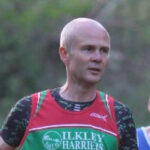
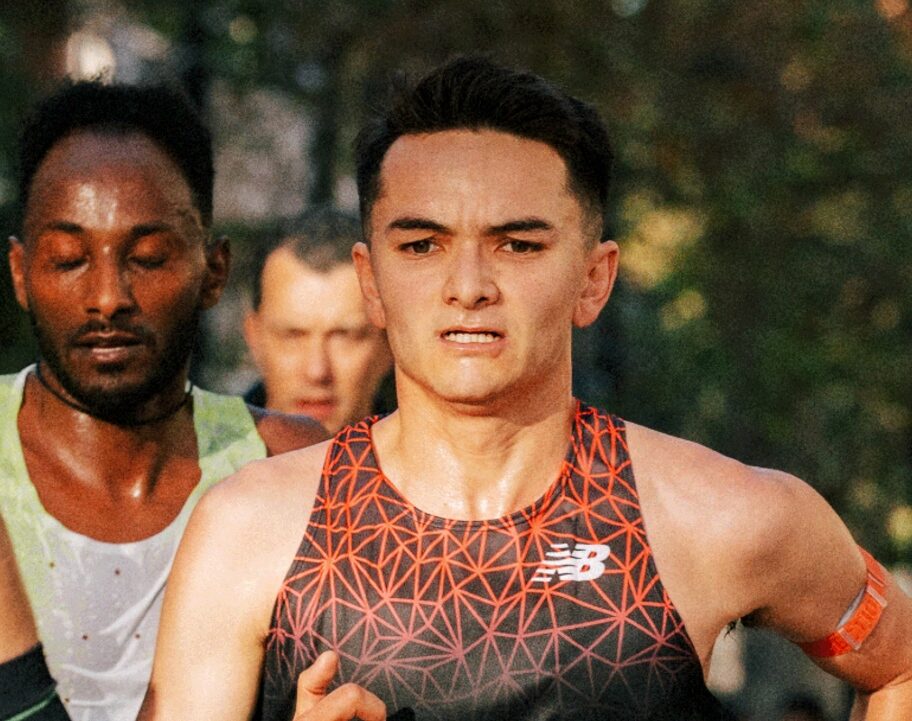
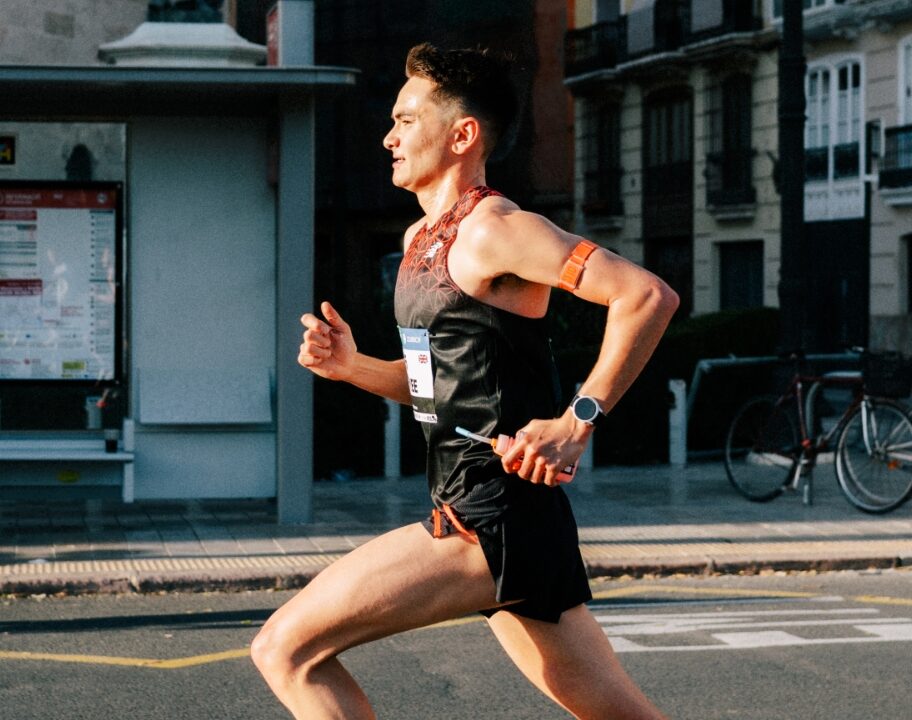
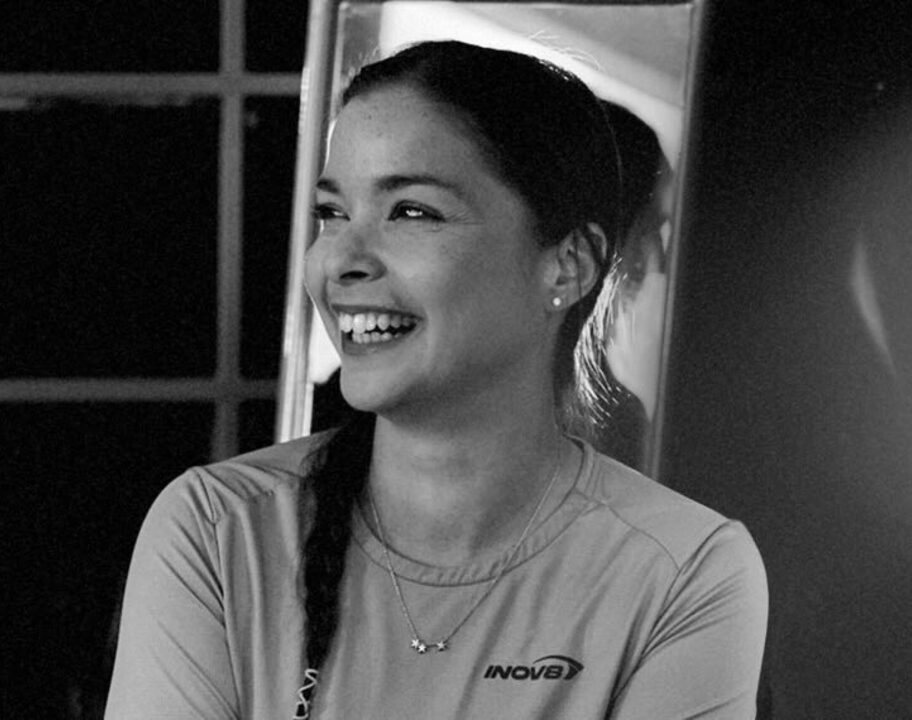
![Russ Cook completes his epic run across the entire length of Africa [Photo credit: The Snapshot People Ltd]](https://run247.com/wp-content/uploads/2024/04/Russ-Cook-completes-length-of-Africa-run-2024-912x720.jpg)
